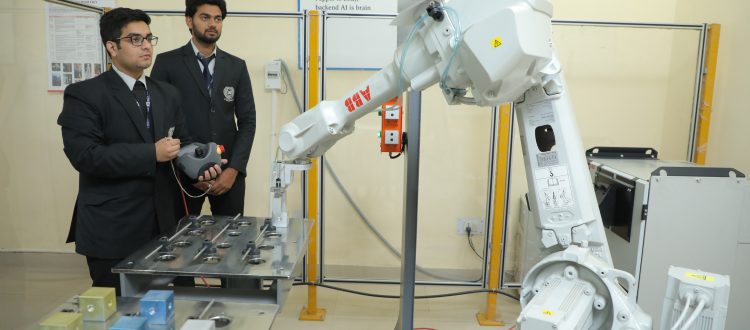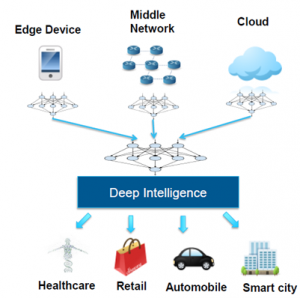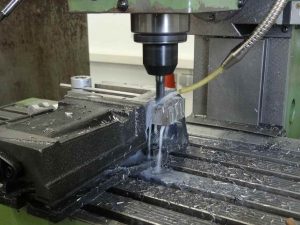Introduction
Robotics is a rapidly growing field that has revolutionized the modern world by providing innovative solutions to complex problems. A robot is an intelligent machine that can be programmed to perform tasks autonomously, without human intervention. Robotics has been applied in various industries, such as healthcare, manufacturing, agriculture, and transportation, among others. This essay will explore robotics and its application in the modern world.
Manufacturing
One of the significant applications of robotics is in manufacturing. The use of robots in the manufacturing industry has increased productivity, accuracy, and safety in the workplace. Robots can be programmed to perform repetitive tasks, such as assembling, painting, and welding, with high precision and consistency. The use of robots has also reduced the occurrence of workplace injuries as they can perform hazardous tasks that would otherwise put human workers at risk.
Healthcare
Another significant application of robotics is in healthcare. Robots have been designed to assist in surgical procedures, rehabilitation, and patient monitoring. Surgical robots have increased the precision and accuracy of surgical procedures, reducing the risk of complications and improving patient outcomes. Rehabilitation robots have also been developed to assist patients in regaining their mobility and independence after an injury or surgery. Robots are also used in patient monitoring, where they can monitor vital signs and alert healthcare providers in case of any changes, enabling prompt medical intervention.
Agriculture
Agriculture is another industry that has benefited from the application of robotics. Agricultural robots can perform tasks such as planting, harvesting, and spraying pesticides with high precision and efficiency. These robots can also operate in harsh environments that are unsafe for human workers, such as extreme weather conditions and dangerous terrains. Agricultural robots have increased productivity, reduced labor costs, and minimized the use of chemicals in farming, thus promoting sustainable agriculture.
Transportation
Robots have also been applied in transportation. Autonomous vehicles have been developed that can operate without human intervention, reducing the risk of accidents caused by human error. Self-driving cars have the potential to reduce traffic congestion, improve road safety, and reduce carbon emissions. Delivery robots have also been developed, enabling the delivery of packages and goods to customers’ doorsteps without human intervention.
Education
The use of robots in education has also increased, providing new and innovative learning experiences for students. Robotics education has been integrated into the curriculum, enabling students to develop skills in programming, problem-solving, and critical thinking. Robotics competitions have also been organized, allowing students to showcase their skills and creativity while learning from one another.
Conclusion
In conclusion, robotics has revolutionized the modern world, providing innovative solutions to complex problems in various industries. The future of robotics is promising, with continuous innovation and development expected to provide even more solutions to complex problems in the modern world.
Written By:
Tushar Dhankhar
BTech in ME
Registration Number: 201303001
&
Monika Deshwal
Assistant Professor
Mechanical Engineering Department




